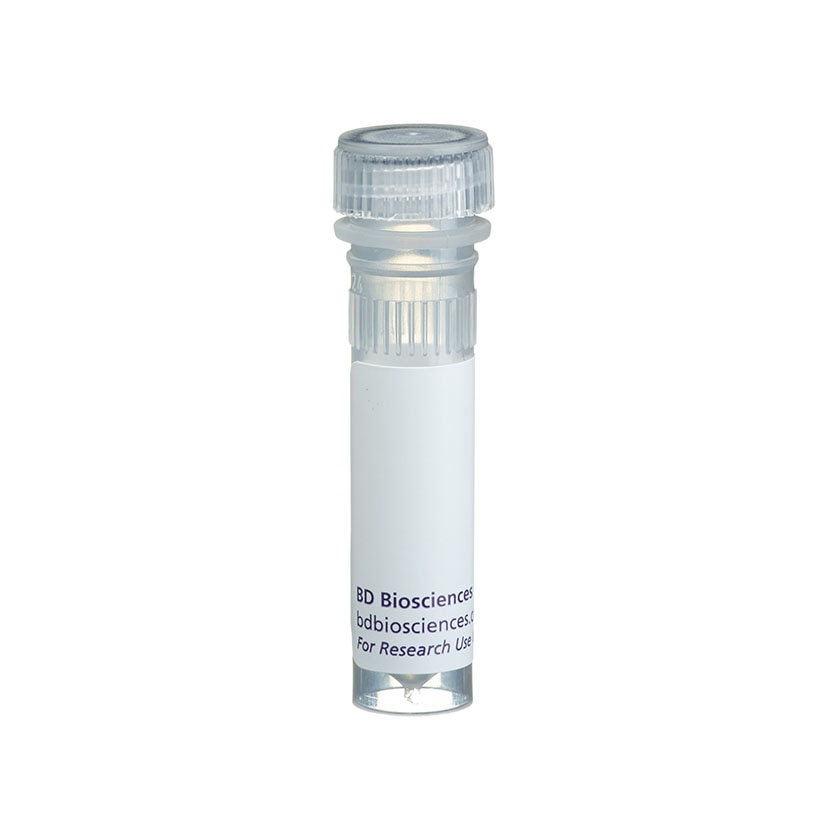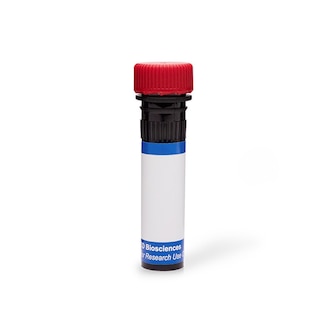-
Reagents
- Flow Cytometry Reagents
-
Western Blotting and Molecular Reagents
- Immunoassay Reagents
-
Single-Cell Multiomics Reagents
- BD® OMICS-Guard Sample Preservation Buffer
- BD® AbSeq Assay
- BD® Single-Cell Multiplexing Kit
- BD Rhapsody™ ATAC-Seq Assays
- BD Rhapsody™ Whole Transcriptome Analysis (WTA) Amplification Kit
- BD Rhapsody™ TCR/BCR Next Multiomic Assays
- BD Rhapsody™ Targeted mRNA Kits
- BD Rhapsody™ Accessory Kits
- BD® OMICS-One Protein Panels
-
Functional Assays
-
Microscopy and Imaging Reagents
-
Cell Preparation and Separation Reagents
-
- BD® OMICS-Guard Sample Preservation Buffer
- BD® AbSeq Assay
- BD® Single-Cell Multiplexing Kit
- BD Rhapsody™ ATAC-Seq Assays
- BD Rhapsody™ Whole Transcriptome Analysis (WTA) Amplification Kit
- BD Rhapsody™ TCR/BCR Next Multiomic Assays
- BD Rhapsody™ Targeted mRNA Kits
- BD Rhapsody™ Accessory Kits
- BD® OMICS-One Protein Panels
- Portugal (English)
-
Change country/language
Old Browser
This page has been recently translated and is available in French now.
Looks like you're visiting us from United States.
Would you like to stay on the current country site or be switched to your country?
BD Pharmingen™ Biotin Mouse Anti-Mouse Fcµ Receptor
Clone MM3 (RUO)

Two-color flow cytometric analysis of Fcμ Receptor expression on mouse splenic B cells. C57BL/6 (Upper Plots) or BALB/c (Lower Plots) mouse splenic leucocytes were preincubated with Purified Rat Anti-Mouse CD16/CD32 antibody (Mouse BD Fc Block™) (Cat. No. 553141/553142). The cells were then stained with APC Rat Anti-Mouse CD19 antibody (Cat. No. 550992/561738) and either Biotin Mouse IgG1, κ Isotype Control (Cat. No. 554680; Left Plots) or Biotin Mouse Anti-Mouse Fcµ Receptor antibody (Cat. No. 566837; Right Plots) at 2 μg/test. The cells were washed and then counterstained with PE Streptavidin (Cat. No. 554061). Two-color flow cytometric contour plots showing the correlated expression of Fcµ Receptor (or Ig Isotype control staining) versus CD19 were derived from gated events with the forward and side light-scatter characteristics of viable cells. Flow cytometry and data analysis were performed using a BD LSRFortessa™ Cell Analyzer System and FlowJo™ software. Data shown on this Technical Data Sheet are not lot specific.



Two-color flow cytometric analysis of Fcμ Receptor expression on mouse splenic B cells. C57BL/6 (Upper Plots) or BALB/c (Lower Plots) mouse splenic leucocytes were preincubated with Purified Rat Anti-Mouse CD16/CD32 antibody (Mouse BD Fc Block™) (Cat. No. 553141/553142). The cells were then stained with APC Rat Anti-Mouse CD19 antibody (Cat. No. 550992/561738) and either Biotin Mouse IgG1, κ Isotype Control (Cat. No. 554680; Left Plots) or Biotin Mouse Anti-Mouse Fcµ Receptor antibody (Cat. No. 566837; Right Plots) at 2 μg/test. The cells were washed and then counterstained with PE Streptavidin (Cat. No. 554061). Two-color flow cytometric contour plots showing the correlated expression of Fcµ Receptor (or Ig Isotype control staining) versus CD19 were derived from gated events with the forward and side light-scatter characteristics of viable cells. Flow cytometry and data analysis were performed using a BD LSRFortessa™ Cell Analyzer System and FlowJo™ software. Data shown on this Technical Data Sheet are not lot specific.

Two-color flow cytometric analysis of Fcμ Receptor expression on mouse splenic B cells. C57BL/6 (Upper Plots) or BALB/c (Lower Plots) mouse splenic leucocytes were preincubated with Purified Rat Anti-Mouse CD16/CD32 antibody (Mouse BD Fc Block™) (Cat. No. 553141/553142). The cells were then stained with APC Rat Anti-Mouse CD19 antibody (Cat. No. 550992/561738) and either Biotin Mouse IgG1, κ Isotype Control (Cat. No. 554680; Left Plots) or Biotin Mouse Anti-Mouse Fcµ Receptor antibody (Cat. No. 566837; Right Plots) at 2 μg/test. The cells were washed and then counterstained with PE Streptavidin (Cat. No. 554061). Two-color flow cytometric contour plots showing the correlated expression of Fcµ Receptor (or Ig Isotype control staining) versus CD19 were derived from gated events with the forward and side light-scatter characteristics of viable cells. Flow cytometry and data analysis were performed using a BD LSRFortessa™ Cell Analyzer System and FlowJo™ software. Data shown on this Technical Data Sheet are not lot specific.





Regulatory Status Legend
Any use of products other than the permitted use without the express written authorization of Becton, Dickinson and Company is strictly prohibited.
Preparation And Storage
Product Notices
- Since applications vary, each investigator should titrate the reagent to obtain optimal results.
- An isotype control should be used at the same concentration as the antibody of interest.
- Caution: Sodium azide yields highly toxic hydrazoic acid under acidic conditions. Dilute azide compounds in running water before discarding to avoid accumulation of potentially explosive deposits in plumbing.
- For fluorochrome spectra and suitable instrument settings, please refer to our Multicolor Flow Cytometry web page at www.bdbiosciences.com/colors.
- Please refer to http://regdocs.bd.com to access safety data sheets (SDS).
- Please refer to www.bdbiosciences.com/us/s/resources for technical protocols.
Data Sheets
Companion Products






The MM3 monoclonal antibody specifically binds to the Fc receptor for IgM (Fcµ Receptor, FcµR), which is also known as Fas apoptosis inhibitory molecule 3 (Faim3) or Toso. The Fcµ Receptor is a transmembrane sialoglycoprotein that is encoded by Fcmr (Fc fragment of IgM receptor). This receptor contains an extracellular Ig-like domain that is homologous to two other IgM-binding receptors, the Fc receptor for IgM and polymeric IgA (Fcα/µR) and the polymeric Ig receptor (pIgR). Unlike these receptors, the Fcµ Receptor exhibits exclusive binding specificity for the Fc region of IgM. Fcµ Receptor expression is restricted to B lymphocytes. Although expressed by all mature B cell subsets, Fcµ Receptor levels are transiently downregulated by germinal center B cells. This receptor is not expressed by T cells, NK cells, dendritic cells, or myeloid cells. Fcmr gene ablation resulted in an increase of splenic B1 B cells but a decrease in marginal zone B cells in mutant versus wild type mice. The Fcµ Receptor is involved in the regulation of humoral immunity including IgM homeostasis and B cell survival.
Development References (4)
-
Honjo K, Kubagawa Y, Jones DM, et al. Altered Ig levels and antibody responses in mice deficient for the Fc receptor for IgM (FcμR).. Proc Natl Acad Sci USA. 2012; 109(39):15882-7. (Immunogen: Flow cytometry, Immunoprecipitation). View Reference
-
Honjo K, Kubagawa Y, Kubagawa H. Is Toso/IgM Fc receptor (FcμR) expressed by innate immune cells?. Proc Natl Acad Sci USA. 2013; 110(28):E2540-1. (Clone-specific: Flow cytometry). View Reference
-
Kubagawa H, Oka S, Kubagawa Y, et al. The long elusive IgM Fc receptor, FcμR.. J Clin Immunol. 2014; 34 Suppl 1:S35-45. (Biology). View Reference
-
Shima H, Takatsu H, Fukuda S, et al. Identification of TOSO/FAIM3 as an Fc receptor for IgM.. Int Immunol. 2010; 22(3):149-156. (Biology). View Reference
Please refer to Support Documents for Quality Certificates
Global - Refer to manufacturer's instructions for use and related User Manuals and Technical data sheets before using this products as described
Comparisons, where applicable, are made against older BD Technology, manual methods or are general performance claims. Comparisons are not made against non-BD technologies, unless otherwise noted.
For Research Use Only. Not for use in diagnostic or therapeutic procedures.